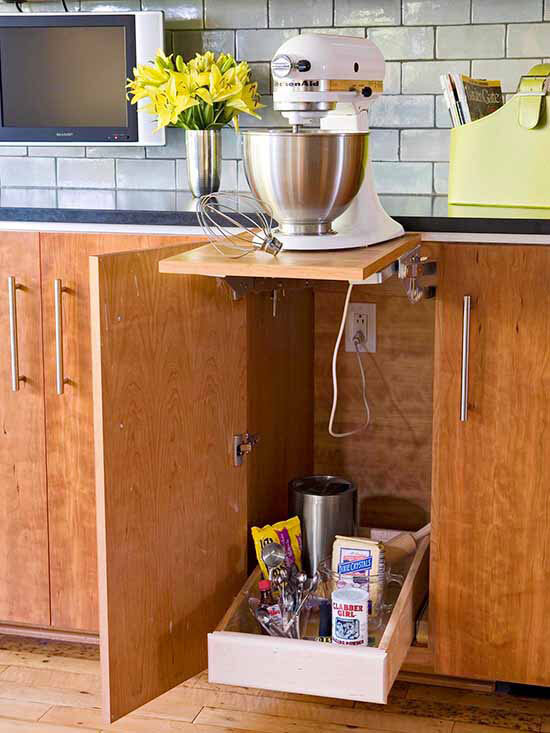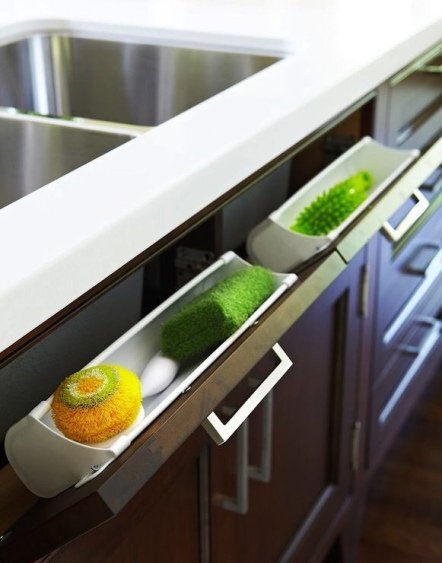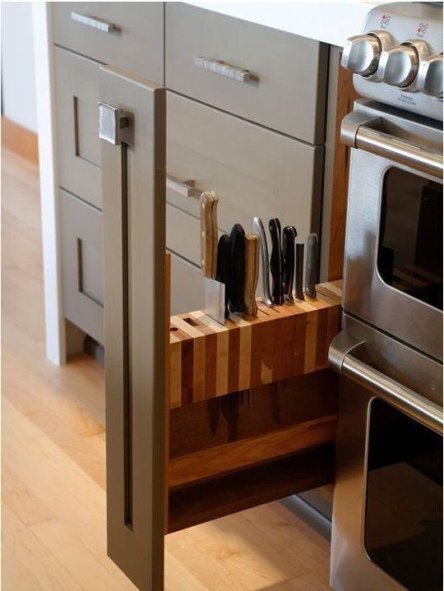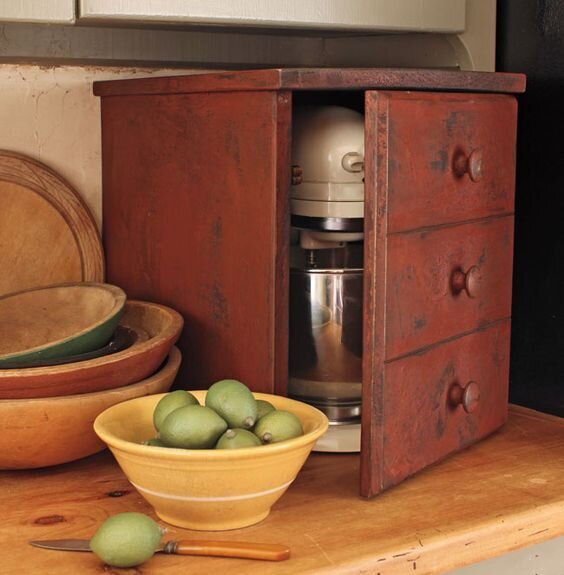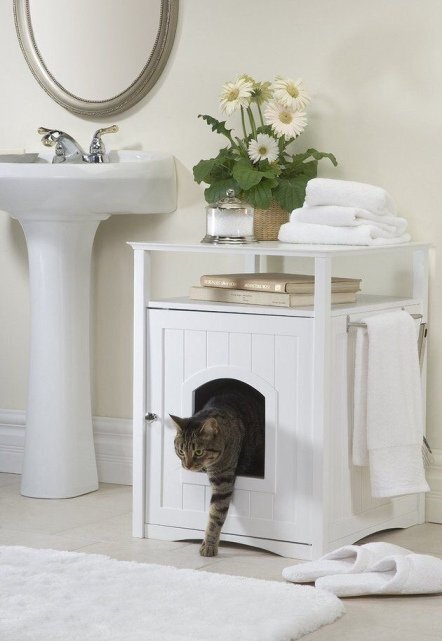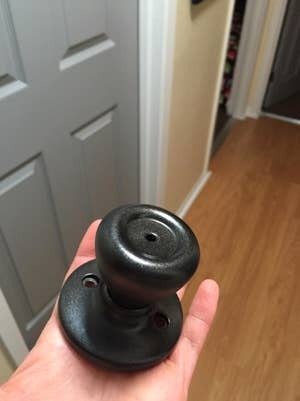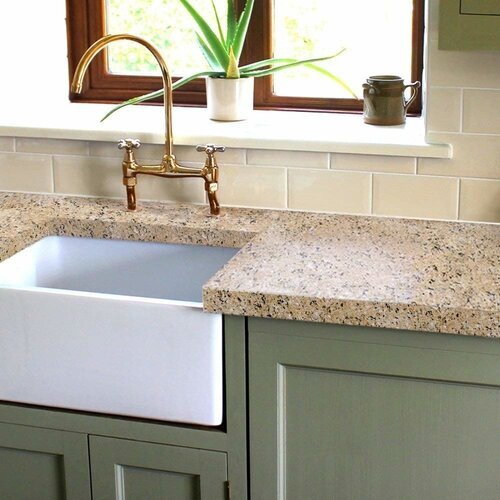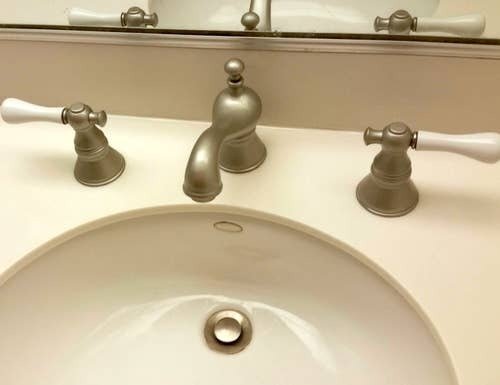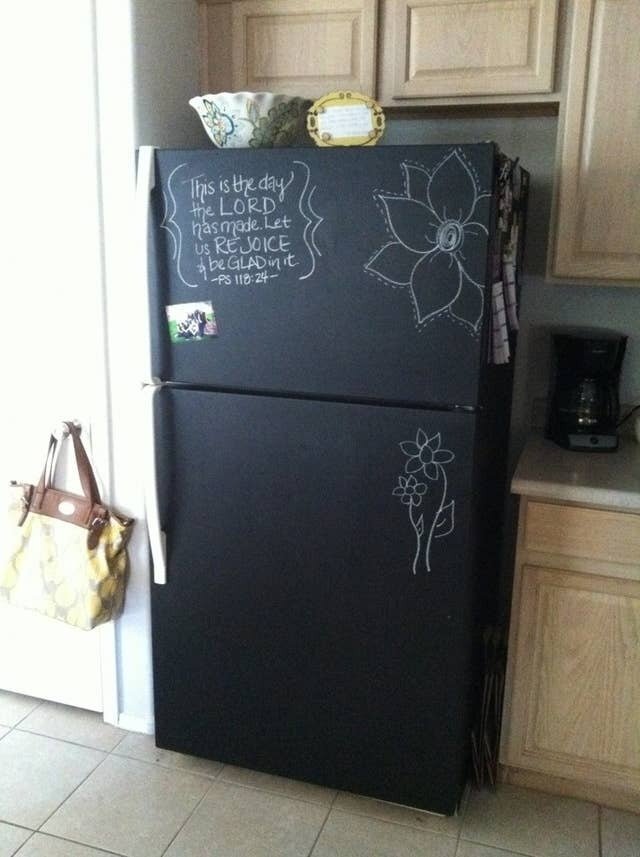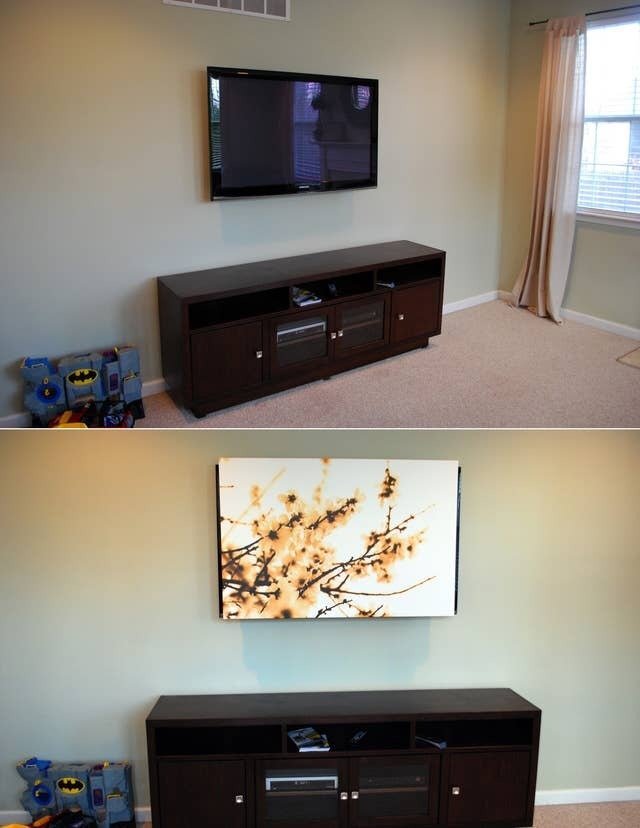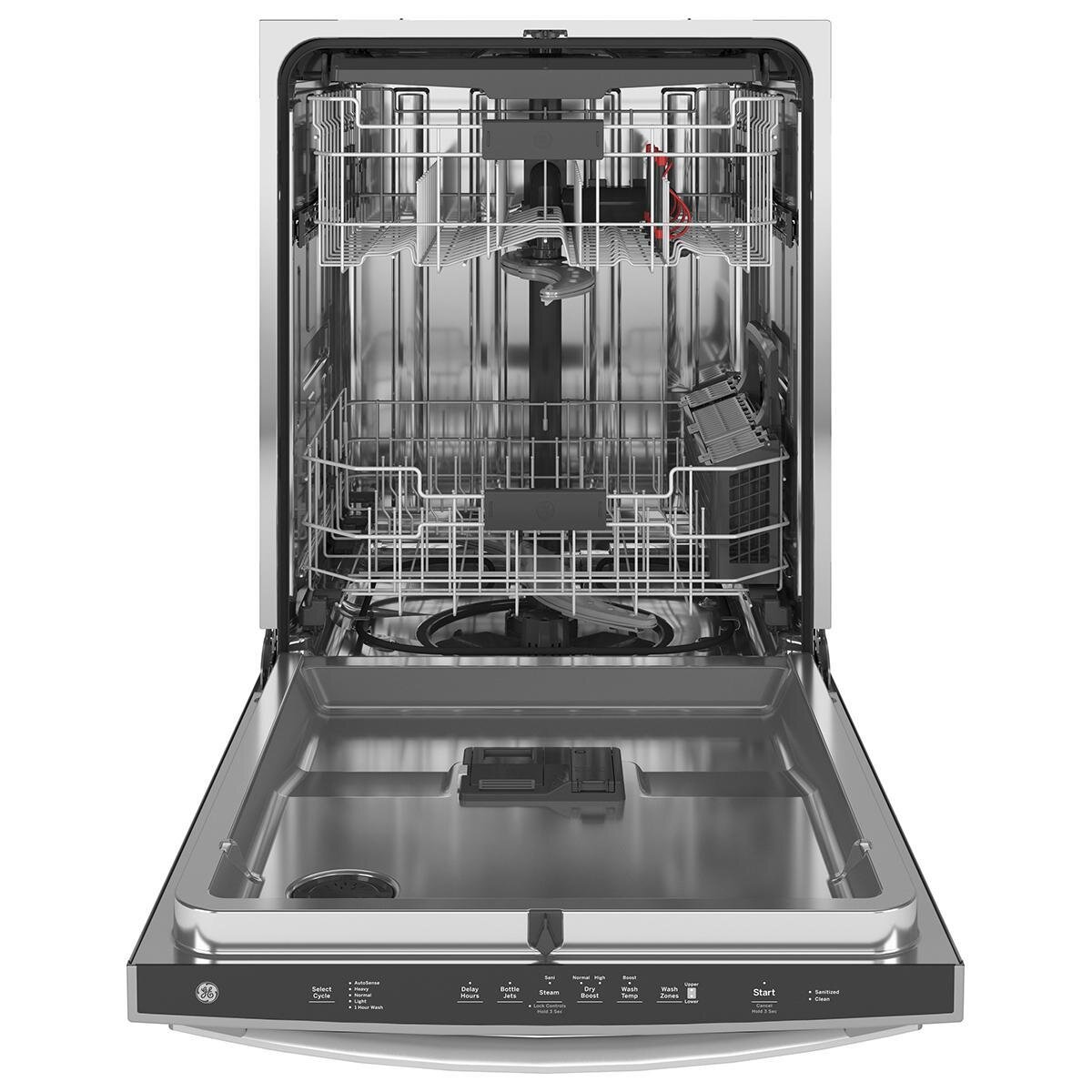Are we closer to having smart homes, or are we being bamboozled by useless technology upgrades?
Smart homes, homes that can do everything for us, making our lives more comfortable and focused. We’ve been dreaming about homes like Eureka’s SARAH, The McFly House, and Tony Stark’s mansion for decades. And as technology continues to speed up, we are getting closer. While we aren’t quite at the point of having living room travelators a la the Jetsons, we do have robot vacuums. We’ve also got people who are already trying to figure out how to imitate JARVIS from the Iron Man movies, and he can tell you if a guest has shown up.
So what is a smart home?
According to the masses, a smart home is “a home automation system will control lighting, climate, entertainment systems, and appliances. It may also include home security, such as access control and alarm systems.”
A smart appliance then is one you connect to your phone or tablet for better control convenience and information. Then you can control it either by voice command or the push of a button.
Smart Appliance Examples
Refrigerators that let you know when you’re out of something.
Thermostats that remember what temperature you prefer at night
Security systems that let you check in on your kids and see if you remembered to lock the door before you left.
So a smart home is a collection of appliances, systems, lighting, and heating that can all be controlled from a central point. What’s the problem then? Why are we all holding off on diving into the future we’ve wanted.
Well, because we’re still in the infancy stage of smart homes. Not all smart appliances are useful, not all of them do what they claim to do, and really do we need a remote start for our washing machines? Why do we need 24-hour delays on crockpots? (No one wants salmonella, thanks for trying.) Last but not least, shouldn’t an appliance be good at the primary function before we add on extra ones? Sadly, as we’ve discussed before, that’s not always the case.
Manufacturers are still figuring out what we need in appliances and what will actually get used. We’re also still figuring out the legality around devices that can share our information and whether they should or not.
Not all smart appliances are bad, though. Some of them are remarkable at both doing what they’re supposed to do AND using smart features.
Let's take a look at the Nest Learning Thermostat and the Amazon Basics Microwave. Both do what they are meant to do while still giving us a glimpse into the future.
The Nest Learning Thermostat has an Auto-Schedule feature that learns your daily heating and cooling temperatures and times during the first week of use and creates a schedule based on your preferences. You can make adjustments along the way or create your own schedule, but it's a nice option for those who don't want to be bothered to program their thermostat.
The Amazon Basics Microwave, on the other hand, costs just as much as a standard microwave, doesn’t connect to an app, and doesn’t have any superfluous functions. Instead, it takes a typical microwave and connects it to Amazon’s Alexa. This means that if you’re across the house, you can tell Alexa to cook something for you, while you’re still working. Neither of these are ground shaking improvements, but they do what a smart appliance is supposed to, making your life that little bit easier.
Now, others are also good at what they do while still being smart, these are just two that we wanted to highlight.
How to Tell the Difference:
Which brings us into, if there are good smart appliances and bad ones, how do you tell the differences?
According to HGTV, there are 4 key things you should look for when you’re designing a smart home, or buying a new smart appliance.
Are there good reviews?
Unless you’re getting paid for it, do you really want to be the first person to find out if it works? No. Do research ahead of time and don’t get talked into buying something you didn’t intend to.
Is there a proven support department?
If it has issues connecting to your wi-fi, if it gets hacked, or it gives you an error message you don’t understand, you want to be able to get help you can count on.
Does it connect to other devices you own?
Always double check (heck, triple check) that your new device will hook up to the OS on your command tool (be it phone, tablet, or computer). You don’t want to buy 3 different systems just to run everything in your house. Also, make sure that the appliance connects to the other devices you already own. If you’re looking to have two systems work together, you need to make sure they can connect in the first place.
Does it have features you’ll actually use?
So what if that coffee maker can froth milk in 20 seconds? If you drink your coffee black, it’s irrelevant. The same goes for smart appliances. Don’t be lured in by features you have no use for.
Now, you can still have the best of both worlds. It is possible to make your home smarter without having to purchase all new appliances.
Some Examples Are
Smart Bulbs
By screwing a smart bulb in place, you can get control over almost any lamp. This means that not only can you get the benefits of it, but you can keep the mid-century lamp that your great-grandmother gave you as well. The catch here is that you need to double-check the wiring in the lamp to make sure that it is intact and insulated. Since the bulbs will have current running through them at all times, the wiring needs to be up to handling that.
Smart Switches
If you have lots of lights, skip the bulbs and go for the switch. Some smart switches even have dimmers.
Smart Plugs
Have you ever left a space heater on when you left the house and had to go all the way home when you realized it? Or wanted to wake up to a fresh pot of coffee without having to get a complicated programmable pot?
This is where smart plugs come in. Think of the infuriating clock timers that people use for Christmas lights. A smart plug is like that, but actually reliable. They are even able to monitor power usage and let you know how many times something is turned on and off. If you’re interested in some of the ways people have used smart devices, check out this article over Forward Thinking Home.
Now you can get that bit closer to Tony Stark’s mansion without breaking the bank. And while you save up the money to get new appliances, maybe the manufacturers will actually make them smarter, and still, work.
Thanks for checking out our post this week, we hope that you enjoyed it. If you did, or if you have any questions or comments, please let us know over at our Facebook page. We’d love to hear from you.
Don’t forget, even smart appliances still need regular maintenance! Schedule an appointment today with one of our technicians to make sure that your home of the future is running smoothly.







